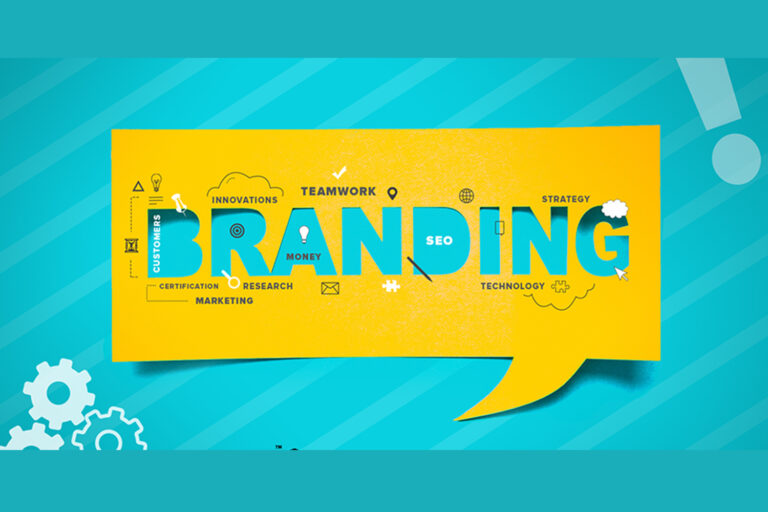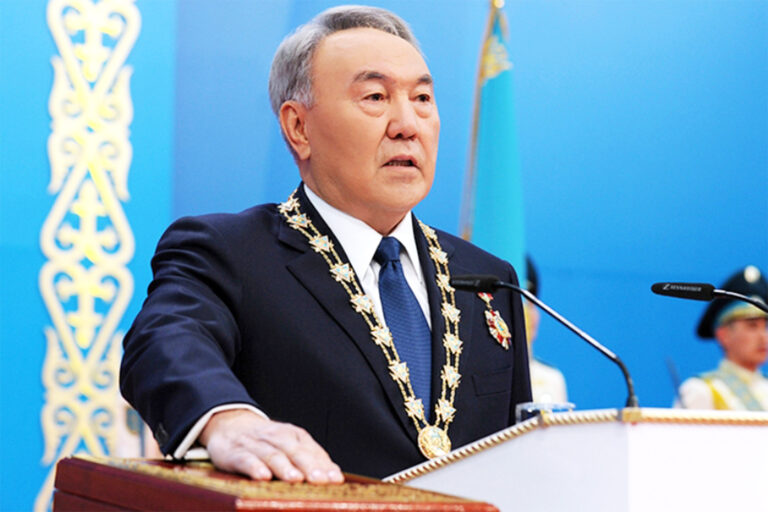By Aschalew Tamiru
On the same newspaper I wrote about “Misconception about Branding and Basics to Successful Branding”. In this article insight on why do brands matter will be presented in brief.
Branding has been around for centuries as a means to distinguish the goods of one producer from those of another. In fact, the word is derived from the old word Brander, which means “to burn,’’ as brands were and still are the means to by which owners of livestock mark their animals to identify them.
As I have already tried to mention in my previous articles too, a brand is a name, term, sign, symbol, or design or a combination of them, intended to identify the goods and services of one seller or group of sellers and to differentiate them from those of competition. These are also called brand elements that a company use them to distinguish itself from its competitors. It should be recognized that modern companies which strongly believe and practice branding, see branding more than that-defining a brand in terms of having actually created a certain amount of awareness, reputation, prominence and soon in the market.
An obvious question is, why are brands important? What functions do they perform that make them so valuable to companies? We may take a couple of perspective to disclose the value of brands to both customers and companies themselves.
Value of brands to customers: I uses the word the term customer broadly to encompass all types of customers, including individuals as well as organizations. To customers, brands provide important functions. Brands identify the sources of makers or producers of a product and allows customers to assign responsibility to a particular manufacturer or distributor. Most important, brands take on special meaning s to customers. Because of past experiences with the product over the years, customers learn about brands. They find out which brands satisfy their needs and which brands ones do not. As a result, brands provide a shorthand device or means of simplification for their product choice and purchase decisions.
If customers recognize a brand and have some knowledge about it, then they do not have to engage in a lot of additional thought or processing of information to make a product decision. Thus, from an economic point of view, brands allow customers to lower searching costs for products both internally (in terms of how much they have to think) and externally (in terms of how much they have to look around). Based on what they already know about the brand-its quality, product characteristic, and so forth customers can make assumption and form reasonable expectations, about what they may or may not know about the brand.
The meaning instilled in brand can be quite deep. The relationship between a brand and the customer can be seen as a type of bond or promise. Customers offer their trust and loyalty with the implicit understanding that the brand will behave in certain ways and provide them value through consistent product performance and appropriate pricing, promotion, and distribution programs and actions. To the extent that customers realize advantage and benefits from purchasing the brand, and as long as they derive satisfaction from product consumption, they are likely to continue to buy it. These benefits may not be purely functional in nature. Brands can serve as symbolic devices, allowing customers to protect their self-image. Certain brands are associated with being used by certain types of people and thus reflect different values or characteristics. Consuming or using such products is means by which customers can communicate to other-or even to themselves-the type of person they are or would be like to be. Many branding scholars assert that for many people, brands serve the function that fraternal/ friendly, religious, and serve organizations used to serve –to help people define who they are and then help people communicate that definition to others.
Brand s can also play a significant role in indicating certain product characteristics to customers. Researches have classified products and their associated attributes or benefits into three major categories: search goods, experience goods, and credence goods. “With search goods, product attributes can be evaluated by visual inspection (e.g. with strength, size, color, style, weight and ingredient components, of a product). With experience goods, product attributes-potentially equally important – cannot be assessed so easily by inspection, and actual product trial and experience is necessary (e.g. as with durability, service quality, safety, and ease of handling or use). With credence goods, product attributes may be rarely learned (e.g. insurance coverage).Because the difficultly in assessing and interpreting product attributes and benefits with experience and credence goods brands may be particularly important signals of quality and other characteristics to customers for these type of products.
Brands can reduce product choice and purchasing related risks. Customers may perceive many different types of risks in buying and using a product:
ffFunctional risk: the product does not perform up to expectations
ffPhysical risk: the product poses a threat to the physical well-being of the user
ffFinancial risk: the product in not worth the price paid
ffSocial risk: the product results in embarrassment from others
ffPsychological risk: the product affects the mental well-being of the user
ffTime risk: the failure of the product result in an opportunity cost of finding another satisfactory product
Although there are a number of different means by which customers handle the above mentioned risks, certainly one way in which customers cope is to buy well-known brands, especially those brands with which customers have had favorable past experiences. Thus brands can be very important risk-handling device, especially in business-to-business settings where the risks can sometimes have quite profound implications.
Generally, to customers the special meaning that brands take on can change the customers’ perceptions and experiences with a product. The identical product may be evaluated differently by an individual or organization depending on the brand identification or attributes it is given. Brands take on unique, personal meanings to customers that facilitate their day-to-day activities and enrich the lives of the customers. As customers’ live become more complicated, rushed and time starved, the ability of a brand to simplify decision making and reduce risk is invaluable.
Value of brands to companies/organizations: Brands also provide a number of valuable functions to firms. Fundamentally, they serve an identification purpose to simplify product handling or tracking or tracing for the firm. Operationally, brands help to organize inventory and accounting records. A brand also offers the form legal protection for unique features or aspects of the product. A brand can retain intellectual property right, giving legal title to the brand owner. The brand name can be protected through registered trademark, manufacturing processes can be protected through patents, and packaging can be protected through copy rights and design. These intellectual property rights ensure that the firm can safely invest in the brand and reap the benefits of a valuable asset.
As I tried to mention it above, these investment in the brand can provide a product with unique associations and meanings that satisfied differentiate it from other products. Brands can signal a certain level of quality so that satisfied buyers can easily choose the product again. This brand loyalty provides predictability and security of demand for the firm and creates barriers of entry that make it difficult for other firms to enter the market. Although manufacturing processes and product designs may be easily duplicated, lasting impressions in the minds of individuals and organizations from years of marketing activity and product experience may not be so easily reproduced. In this sense, branding can be seen as a powerful means of securing a competitive advantage.
In short, to firms, brands represent enormously valuable pieces of legal property, capable of influencing customer behavior, being bought and sold, and providing the security of sustainable future revenue to the firm. For these reasons firm with high brand values (Brand equity) have been paid significant amount of money for brands in mergers, acquisitions and franchising. The premium price paid for companies often justified on the bases of assumptions regarding the extra profits that could be extracted and sustained from the brands, as well as the tremendous difficulty and expenses of creating similar brands from scratch.
Studies tells us that much of interests for franchising of brands with high brand value (Brand equity), has been a result of obtaining better financial benefits from using the brand. For atypical Fast- Moving-Consumers-Good (FMCG) Company, the vast majority of its corporate value is made up by intangible assets and goodwill-net tangible assets may be as little as 10 percent of the total value. Moreover, as much 70 percent of their intangible assets can be made up by brands.
If branding is so important for both customers and firms; can anything be branded? My next article will bring you response.
Various articles and books written on branding are used as a references.
Aschalew Tamiru was a full time lecturer at various universities, currently he is a Marketing and Customer Experience Director at Dashen Bank, holds MA in Marketing Management from Addis Ababa University.
Aschalew has published a practical book called “Make a Difference with Customer Service.” Couple of months before and the book is available at various book stores. He can be reached by aschalewt21@gmail.com







